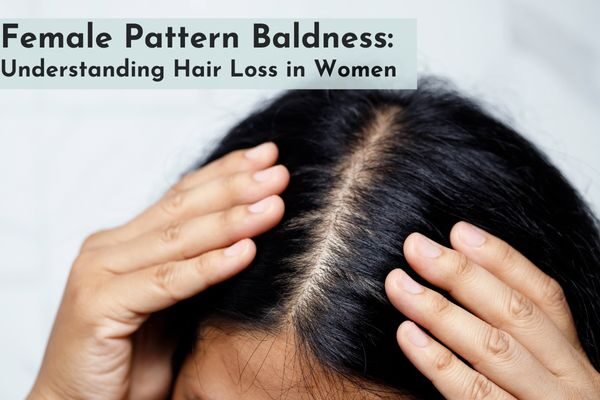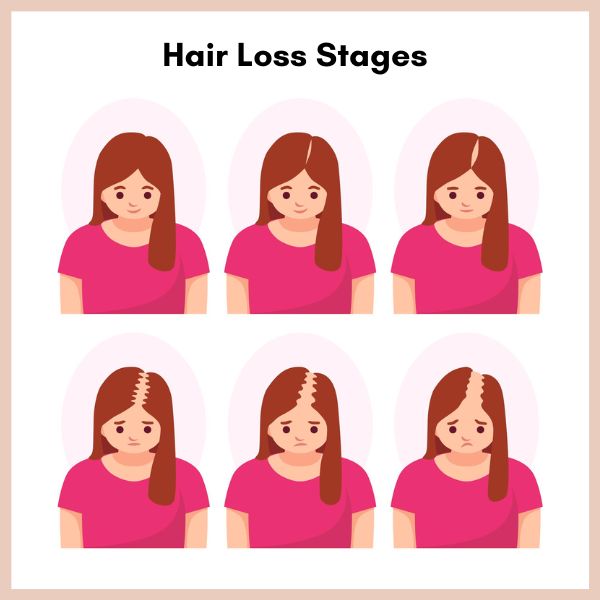
Female pattern baldness is a type of hair loss that affects women and is often characterized by a gradual thinning of the hair on the crown of the head. In this article, we will explore what female pattern baldness is, its causes, symptoms, and treatment options. Hair loss is often associated with men but in recent times it has been observed in men and women both.
What is Female Pattern Baldness?
As you comprehend, this is a type of hair loss condition which is found in women. It is also known as androgenetic alopecia. This condition is characterized by a gradual thinning of hair on the crown of the head, which can eventually lead to complete baldness. According to SkinQure female pattern baldness is the most common type of hair loss in women and affects approximately 50% of women by the age of 50.
What are the causes of Female Pattern Baldness?
There is no exact cause of female pattern baldness that can be determined.
However, it is believed to be caused by a combination of genetic and hormonal factors. Women who have a family history of female pattern baldness are more likely to develop this condition. Hormones also play a role in female pattern baldness. Recently, various proficient dermatologists in South Delhi have said that androgens which are found in men and women play a significant role in androgenetic alopecia.
What are the symptoms of Female Pattern Baldness?
The symptoms of female pattern baldness include a gradual thinning of hair on the crown of the head. The hair may also become finer and shorter over time. There is also a possibility of loosing hair on the eyebrows or eyelashes due to extreme thinning of hairs.
Diagnosis of Female Pattern Baldness?
Diagnosing female pattern baldness involves a physical examination of the scalp and hair. The doctor may also ask about the patient’s medical history and perform blood tests to rule out other possible causes of hair loss, such as thyroid problems.

Treatment Options for Female Pattern Baldness
There are several treatment options available for female pattern baldness. These include medications, hair transplant surgery, and non-surgical hair restoration treatments.
Medications: Medications such as minoxidil and finasteride are commonly used to treat female pattern baldness. Minoxidil is a topical solution that is applied directly to the scalp. Finasteride is an oral medication that is taken daily. These medications can help slow down hair loss and promote hair growth.
Hair Transplant Surgery: Hair transplant surgery involves taking hair follicles from one part of the scalp and transplanting them to the area of the scalp that is experiencing hair loss. This procedure can be effective in restoring hair growth in women with female pattern baldness.
Non-surgical Hair Restoration Treatments: Non-surgical hair restoration treatments such as low-level laser therapy (LLLT) and platelet-rich plasma (PRP) therapy are also effective in treating female pattern baldness. LLLT involves the use of low-level lasers to stimulate hair growth, while PRP therapy involves injecting platelet-rich plasma into the scalp to promote hair growth.
Conclusion
Female pattern baldness is a common hair condition although the exact reason is not yet resolved, however, there are several treatment options available to help slow down hair loss and promote hair growth. It is essential to consult a doctor immediately if you are experiencing any issues regarding hair loss. In this regard, you can consider some adept dermatologists in Saket for your treatment.

